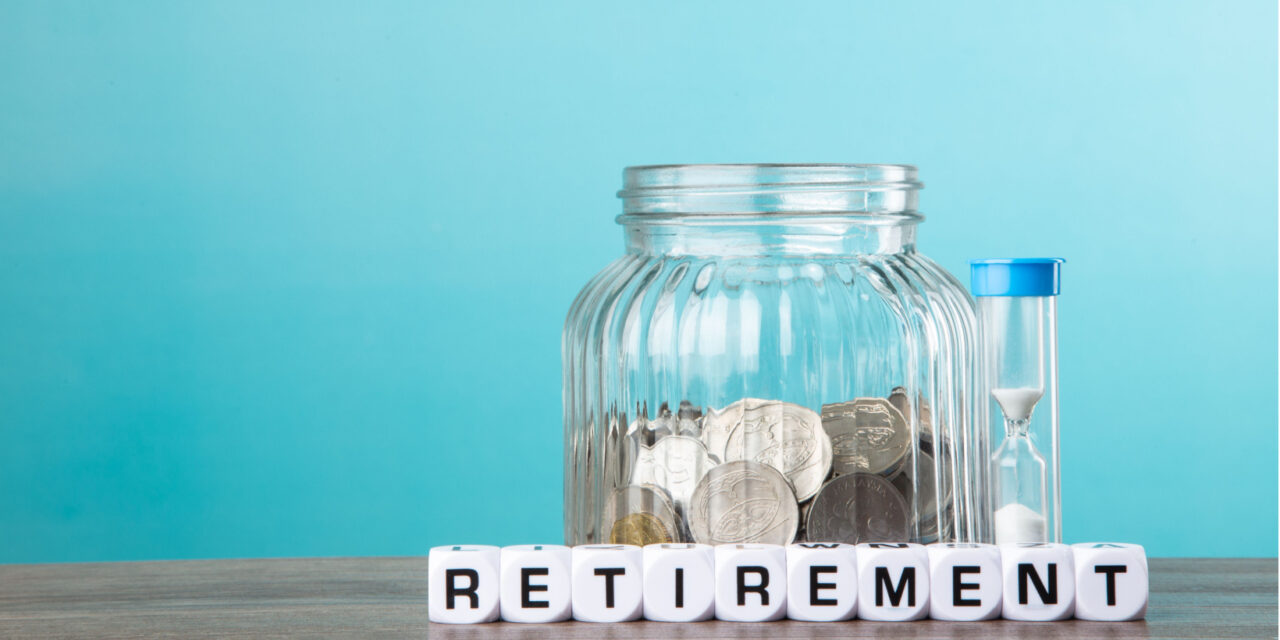
SECURE 2.0 Act: A Retirement Overview
The SECURE 2.0 Act passed at the end of last year contains a number of retirement and tax provisions that expands retirement coverage, increases retirement savings opportunities and simplifies a number of retirement rules.
To view the full article please register below:
SECURE 2.0 Act: A Retirement Overview
The SECURE 2.0 Act passed at the end of last year contains a number of retirement and tax provisions that expands retirement coverage, increases retirement savings opportunities and simplifies a number of retirement rules.
Among the highlights are:
- Expansion of auto enrollment, which requires 401(k) and 403(b) plans to provide for automatic enrollment of eligible employees. Plans must meet three requirements: 1) allow permissible withdrawals within 90 days after the first contribution; 2) provide for automatic contributions with a minimum contribution percentage of between 3% and 10% in the employee’s first year of participation (unless the employee elects out of it), with the contribution percentage automatically increasing by one percentage point each year to at least 10% and not more than 15% (unless the employee elects out of it); and 3) automatically contributed amounts must be invested in accordance to DOL requirements, if the participant makes no investment decision.
- A saver’s match of up to $2,000 in retirement contributions by an eligible individual in a tax year will be matched by means of the individual claiming a tax credit. The match will equal 50% of the contribution, phased out for taxpayers with modified AGI above $41,000 (married, filing jointly) and $20,500 for single taxpayers. This match is effective Dec. 31, 2026.
- Increased age to begin RMDs. For individuals who attain age 72 after Dec. 31, 2022, and age 73 before Jan. 1, 2033, the applicable age is 73. For individuals who attain age 74 after Dec. 31, 2032, the applicable age is 75.
- Increased business start-up credit for employers with up to 50 employees from 50% to 100%, and a new credit for plans (excluding defined benefit plans) based upon the amount of money contributed to participant accounts.
- Changes to catch-up contribution limits that allow catch-up contributions for individuals ages 60-63 to the greater of $10,000 or 150% of the regular catch-up amount for 2024. Catch-up contributions will be adjusted annually based on cost of living. This becomes effective for taxable years beginning after Dec. 31, 2024.
- Student loan payments treated as contributions for matching, allowing employers to make matching contributions to an employee’s retirement account when that participant makes a qualified student loan payment.
- Reduced penalty for failure to take an RMD, from 50% to 25%, and a further reduction to 10% if the correction is made within two years.
- Expanded allowable distributions, ranging from payment for long-term care insurance, federally declared disasters, and terminal illness to domestic abuse victims and emergency withdrawals.
- Qualified Charitable Distributions will now be able to be made to CRUTs, CRATS and charitable gift annuities.
- An Emergency Savings provision that provides—for contributions of up to $2,500 annually—that the first four withdrawals in a year would be tax-free and penalty-free. This feature becomes effective in 2024 and is limited to non-highly compensated employees.
Financial professionals with retirement plan clients may want to a deeper analysis of Secure 2.0 to discover its impact and the business opportunities it may present.
Please reference disclosures at: https://blog.americanportfolios.com/disclosures/












